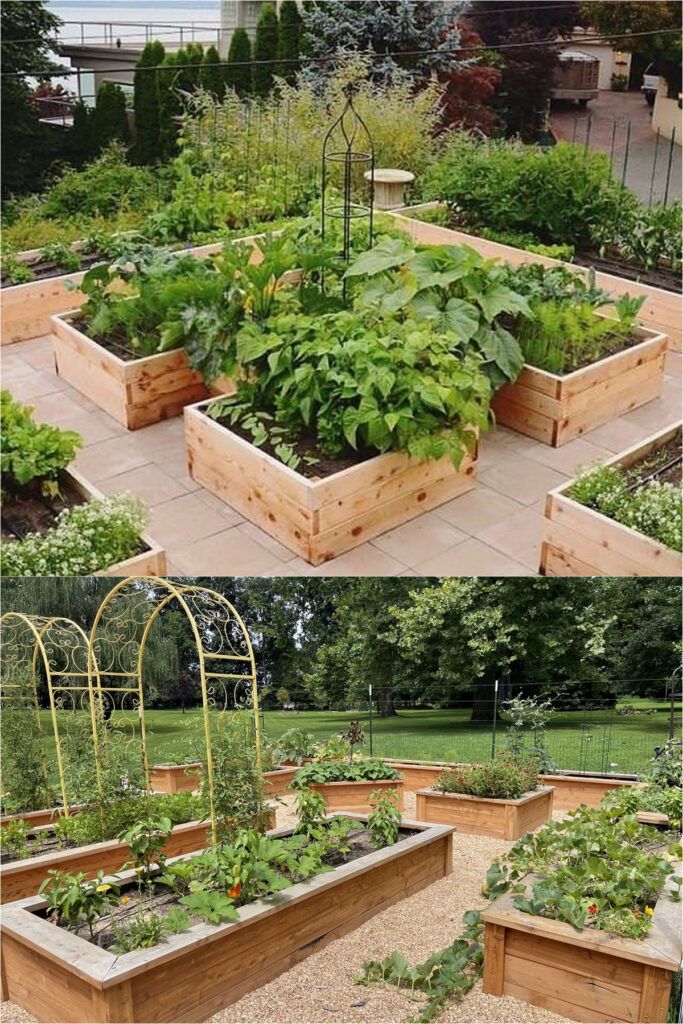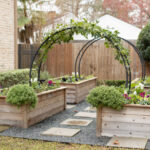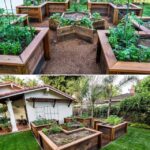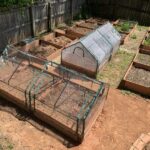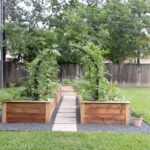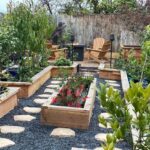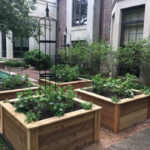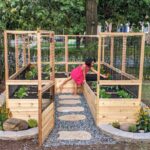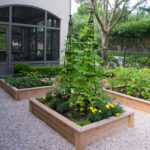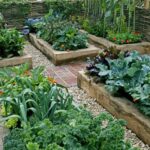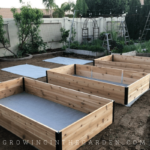Raised garden beds are a popular choice for many gardeners looking to maximize their gardening space and create a more organized and accessible growing area. One of the key considerations when planning a raised garden bed layout is the overall design and arrangement of the beds within your garden space. By carefully planning and designing your raised garden bed layout, you can make the most of your available space and create a functional and aesthetically pleasing garden.
When designing a raised garden bed layout, consider the size and shape of your garden space, as well as the types of plants you plan to grow. Beds should be narrow enough to comfortably reach across from one side to the other, typically around 4-6 feet wide. The length of the beds can vary depending on the available space, but a common recommendation is to keep the length to no more than 12-16 feet to allow for easy access and maintenance.
Another important factor to consider when planning your raised garden bed layout is the layout of the beds themselves within your garden space. Beds can be arranged in a variety of ways, including in rows, blocks, or even in a tiered or staggered pattern. Consider how you will access and move around the garden beds, and plan your layout accordingly to ensure easy access and efficient gardening practices.
In addition to the overall design and arrangement of the beds, it’s important to consider the spacing between the beds. Leave enough space between the beds to allow for easy access for watering, weeding, and harvesting. A common recommendation is to leave at least 3 feet of space between beds, but this can vary depending on the specific needs of your garden and the plants you are growing.
When planning your raised garden bed layout, consider the orientation of the beds in relation to the sun. Beds should ideally be placed in a north-south orientation to maximize sun exposure, with taller plants positioned to the north and shorter plants to the south to prevent shading. This will help ensure that all plants receive adequate sunlight for optimal growth and productivity.
Overall, careful planning and designing of your raised garden bed layout can help you make the most of your available space, create a functional and efficient gardening area, and maximize the potential of your garden. By considering factors such as bed size and shape, layout and spacing, and sun orientation, you can create a raised garden bed layout that is both practical and aesthetically pleasing, and allows for a successful and enjoyable gardening experience.
